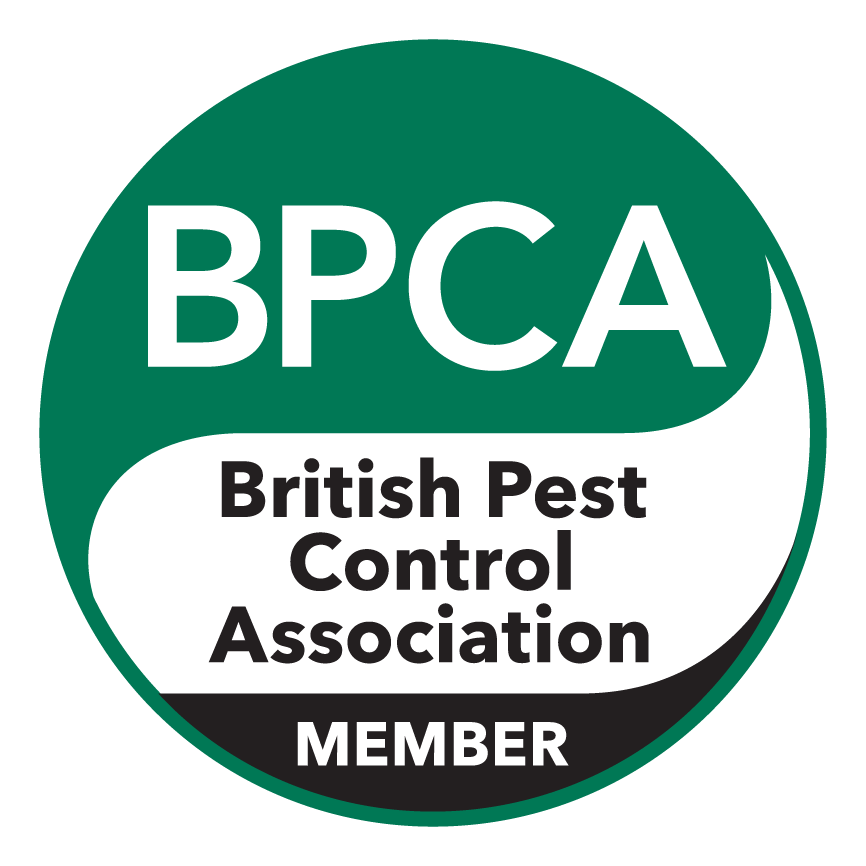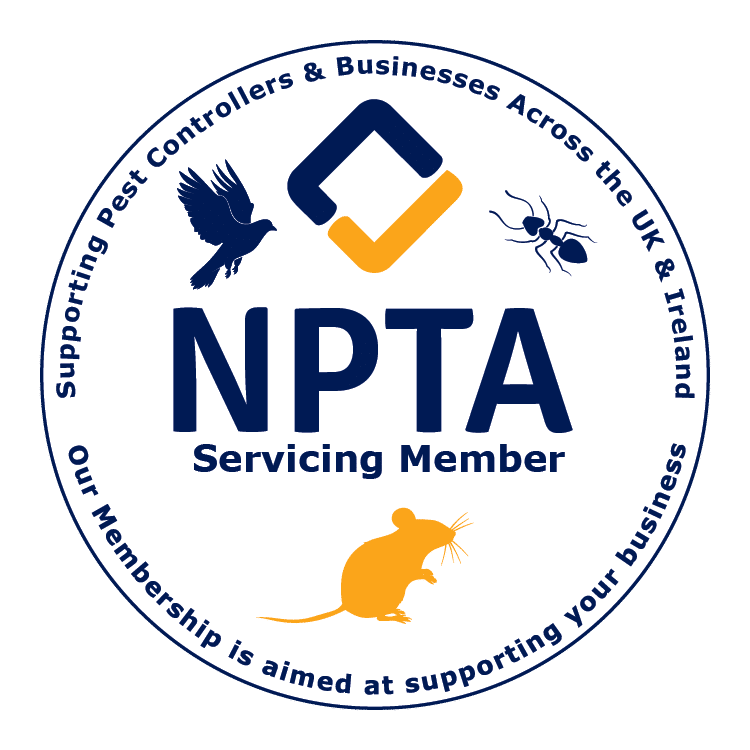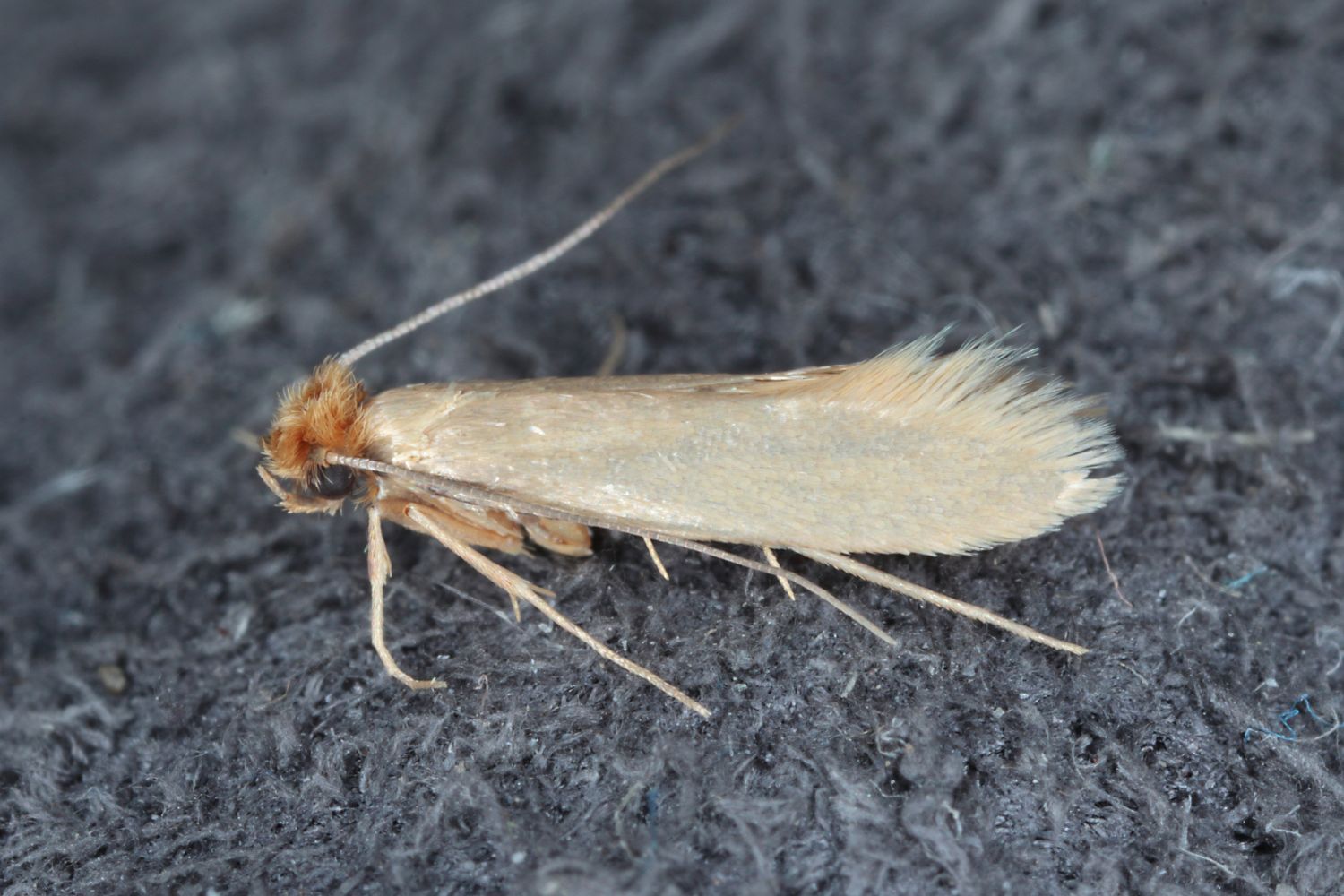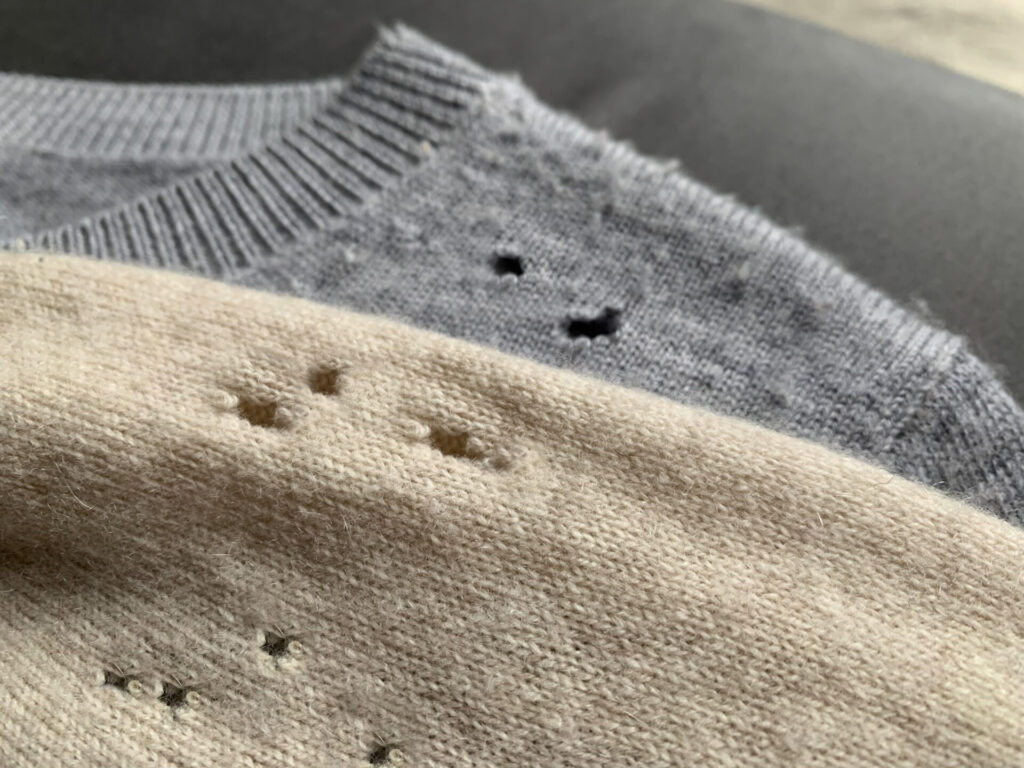Expert control of carpet and clothes moths across the UK, using proven treatments to eliminate infestations, protect fabrics, clothing, and carpets, and prevent future damage in homes and businesses.



Whether it’s a prized jumper collection or a priceless carpet, textile moths can rapidly cause devastation to valued items—and they’re not too choosy about who they affect.
Working silently in dark wardrobes, these pests are not to be underestimated. Spotting the signs of carpet moths early is key. To deal with a current infestation or prevent textile moths from disrupting your life in the future, it’s important to address problems promptly and efficiently.

Rather than flying toward the light like ordinary moths, textile moths work (often undetected) in the dark of closets, slowly but surely destroying clothes fabric and other textiles.
These small, beige or greyish-coloured pests measure around 5-8mm long and feed exclusively on an animal fibre called keratin, a fibrous protein digested by the larvae of these moths.
Textile moths have narrow wings fringed with small hairs and resemble grain moths, which infest kitchens and pantries. The larvae are worm-like, cream-coloured and measure up to 1/2-inch long.
In the wild, textile moths usually feed on the nesting materials or carcasses of birds and mammals. In homes and businesses around the UK, however, keratin is easily found in clothing and other items made of wool, mohair, cashmere, fur, silk, feathers, felt and leather.
Often valuable items are hoarded away in lofts and closets for long periods—meaning that an infestation can cause havoc before it’s even noticed. Textile moths thrive in dark, warm, humid spaces and the larvae are often found feeding in seams, folds, creases and behind the labels of textiles out of sight.
Standard fabrics like polyester or rayon are rarely attacked unless they are blended with wool. However, humans have keratin in their bodies, so fabrics that are heavily soiled with body oils may also be targets for textile moths.
Here’s an at-a-glance rundown of a few key facts about textile moths:

“Carpet moths” are the same pests as clothes moths and may attack any carpet that contains keratin. While wool carpets are less common in homes these days, vintage carpets (for instance in stately homes or museums) are prime targets and preventing infestations from ruining these often-valuable items is essential.
Sometimes, carpet damage can be caused by carpet beetles, which are dark-coloured, oval-shaped beetles that feed on similar material to the textile moth. It’s easy to tell the difference between adult beetles and textile moths but the damage they cause is very similar and usually requires a professional inspection to identify.
The good news is that if you detect an infestation in its early stages, several moth treatments can eradicate these pests from clothing and carpets. There are also safe, eco-friendly steps you can take to protect valued items from a future moth infestation…
Most moths in the home feed on plants—not textiles. If you see a moth over one centimetre in length, it’s likely not eating your clothing.
If clothing or carpets are showing signs of damage, you need to identify what’s causing it before panicking and spraying insecticides or another common moth treatment.
Examine collections of items in your home that are made of natural fabrics like wool, cashmere or fur. Pay special attention to any items stored away in the loft, basement or closet and seldom used, such as
Also, check upholstered furniture (inside and out) and dirty clothing that has been left unwashed for a long period.
Check items for holes, ‘grazed’ areas, detached fabric, faecal pellets, larvae or adult moths and if in doubt, call a professional pest control expert to inspect your home.
One of the requirements for a perfect moth-attracting environment is not being disturbed and not being cleaned (or vacuumed). This is why clothing, rugs and blankets in regular use are at much lower risk than stored items.
For instance, the underside of a seldom-used wool-based rug in a room that receives little traffic is far more likely to be infested with moths than a busy area in a hallway. To inspect areas like this, use pliers to lift the outer edge from the tack strip along the baseboards.
Note that other pests may be attacking your textiles. You already know about the carpet beetle but hide beetles and harder beetles are two other types of pests with similar targets.
As well as residential homes, preventing infestations of textile moths is essential for museums as well as businesses, such as rug dealers, craft shops, furriers and taxidermists.
A professional exterminator can identify the pest and look for signs of infestations not only in clothing and carpets but also vents, ducts, chimneys and cavities in your home. The larvae are adaptable and can feed on lint, shed pet hair, feathers and other debris hiding in concealed spaces (including in hidden bird’s nests or where a rodent may have died).
Most beetles have longer lifecycles and are, therefore, easier to eliminate than moths. If you identify a moth infestation, call a professional for an effective moth treatment that will eliminate the threat.
If your carpets or rugs are slowly being eaten, the most effective moth treatment is to apply sufficient levels of heat to the affected rooms to kill every stage of the moth’s life cycle.
Vacuuming alone is unlikely to be effective even if you can reach the undersides and edges of the carpeted area. Dry cleaning or hot laundering a rug or carpet will work but if the infestation has spread to clothing or other textiles, it may be more effective to treat the room(s) with a professional moth extermination.
Click here to find out more about our moth treatment services.
The main challenge with moth infestations is that the flying moths are the easiest to see but killing them won’t solve your problem. You need to kill the larvae and the eggs—and the eggs are not like those of the carpet beetle that can be vacuumed up; they are covered in an adhesive-like material left by the moth.
Sunlight and vigorous brushing may help for a while but you’re quite likely to carry the eggs back into the home and not solve the problem permanently.
Chemical treatments for moths are often ineffective in the long run. Insecticide sprays are poor at targeting the eggs and larvae. Only the targets in contact with the spray will be killed, leaving the rest to continue to thrive.
Fortunately, due to advances in technology, there are far more effective moth treatments than mothballs or other pesticides that increase the toxic load in the home. These involve the application of extreme heat or cold.
Heat treatment can completely and permanently exterminate moths and their larvae. The process requires a professional heat treatment specialist.
Once the source of the infestation has been identified, ThermoPest professionals use specialist, high-powered convection heaters to heat the room and kill the moths from the egg stage to the larvae and adults.
Most moth infestations can be eliminated in a single treatment/day, minimising the disruption to households and businesses.
Once you’ve identified the culprit of the damage to your textiles, you’ll need to thoroughly dry clean or discard infested items and treat the area.
Ideally, if you’re discarding items, bag them first to prevent further spread of the moths. The focus should then move to protecting against future infestations.
The key to this is to remember that moths hate light and movement. Closets should be kept open and aired whenever possible and clothes should be frequently moved around, shaken and cleaned if not worn regularly.
Inspect high-risk areas/items regularly for damage. If you buy vintage clothes or other items, make sure they’re washed before being stored. Vacuum and clean all at-risk areas as often as possible, especially around the bottoms, edges and shelves of closets and wardrobes. Remember to dispose of any vacuum bags in a sealed plastic bag outside immediately after cleaning.
Check underneath carpets and seats for signs of webbing or cases and also inspect around piping and buttons in clothing/upholstery, as well as in the seat or arm crevices of upholstery.
To prevent moths from re-invading your home or business, store at-risk items in tight-fitting plastic bags or containers. Compression bags are a great idea as they prevent moths from coming into contact with any items inside—but make sure the items are cleaned first.
The golden rule is that moth treatments are most effective when the pests are detected early and thoroughly eradicated through heat.
At ThermoPest, we offer a unique 60-day guarantee for our heat-based moth treatments, which will eradicate all infestations in a single visit.
We service all areas of the UK, but are based in London. Find out more about our moth control in London.
Leading experts in Moth eradication
Guaranteed quick and rapid responses to urgent infestations
For ongoing problems, use our preventative contracts
Speak to a moth treatment expert today!
Enter Your Details To Request A Call Back
Enter Your Details To Request A Call Back
Enter Your Details To Request A Call Back
Enter Your Details To Request A Call Back
Enter Your Details To Request A Call Back